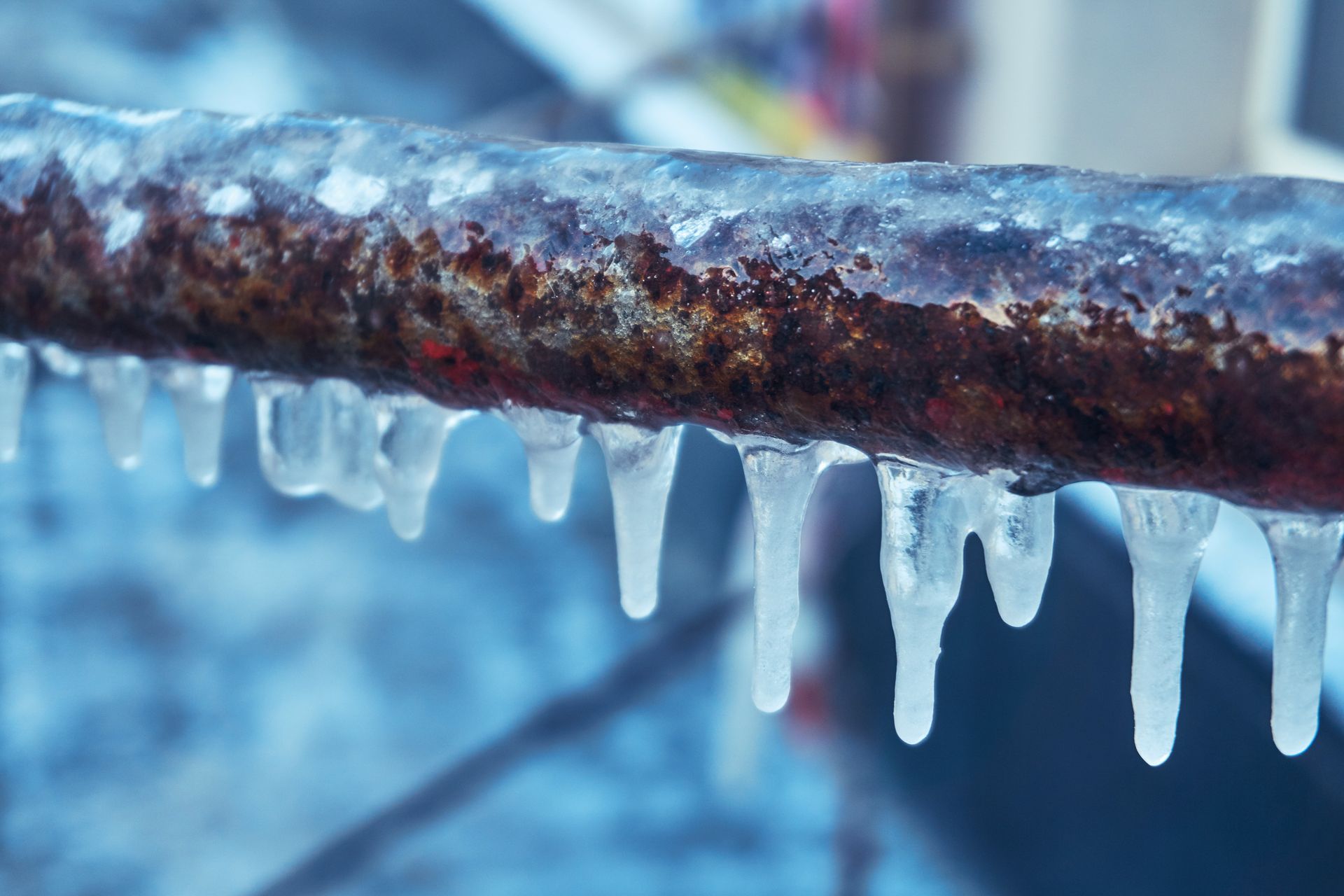How to Prevent Chimney Fires this Winter
Home fires are devastating, although not altogether uncommon. Odds are that you or someone you personally know have been the victims of a home gone ablaze. Annually, there are over 350,000 fires in American homes. Some are relatively minor, easily extinguished and cause little structural damage, while others leave nothing spared. The causes of these fires vary. As one might suspect, kitchens are the most common area where fires begin. However, you may be surprised to learn that about 6 percent of all home fires originate in the chimney.
What Causes a Chimney Fire?
The function of a chimney is to allow for safe fire burning within the home by expelling potentially dangerous by-products like smoke, gas, hydrocarbon, tar, and more. These substances travel up the chimney and out of the home. However, as they do so, they will encounter rapid temperature changes that lead to condensation. As a result, a residue of these combined materials called creosote will begin to build within the chimney walls. Creosote is highly combustible and when a significant amount has built up and is met with high enough temperatures within the flue, a chimney fire can occur.
Steps to Prevent a Chimney Fire
The key to preventing chimney fires is minimizing the presence of creosote. This means ensuring adequate ventilation and proper temperatures. Before burning a fire, the flue should be fully open and remain open throughout the entire burn time. Likewise, glass doors on the fireplace should be kept open throughout. In order to maintain hot enough temperatures within the chimney and thereby hinder the buildup of creosote, opt to use seasoned wood, which produces a hotter smoke.
Finally, and most importantly, have your chimney professionally inspected and cleaned every year. While homeowners can easily miss the signs of creosote buildup, a professional chimney sweep can quickly identify these dangerous deposits and thoroughly clean them, thereby preventing the possibility of a future fire.
Signs of a Chimney Fire
Chimney fires can occur without the homeowner’s knowledge, leaving behind unnoticed structural damage. Potential indicators of a previous chimney fire include:
· Creosote that appears puffy or honeycombed in texture
· Discoloration or warping of the rain cap, damper, metal chimney, or smoke chamber
· Flue tiles that have collapsed or cracked
· Flakes of creosote on the ground or roof
· Damaged roofing material
· Masonry cracks on the exterior of the home
What to do After a Chimney Fire
If you have experienced a chimney fire or suspect that you may have based on the signs above, it is crucial to consult a fire restoration service professional help for repair and restoration of your home. Guarantee Restoration Services is home to a team of certified professionals who address the effects of chimney fires on homes every single year. Contact us today to learn more about how we can help.






